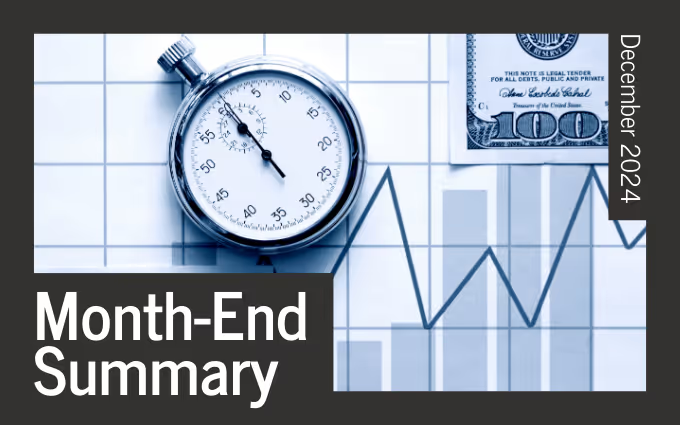






Get a clear look at what you’re paying and how much risk you’re taking. This complimentary review helps identify your portfolio’s costs, risk exposure, and opportunities to better align your investments with your goals — all with no obligation.
Get Started
It may be very tempting to want to lock in profits and exit the markets following the gains over the past 2 years. There may be circumstances, such as needing funds for a large purchase, where this type of action may make sense. On the other hand, if you think that the market is near a peak valuation level and want to try and time the markets by liquidating for a future re-entry, you are likely running a fool’s errand. The allure of timing the markets, buying low and selling high, is understandable, but it is also fraught w/ potential peril. Attempting to predict market peaks and troughs is an incredibly difficult, and often futile, endeavor. History has repeatedly shown that consistently and accurately timing market movements is exceedingly challenging, even for seasoned professionals. There is plenty of empirical evidence showing that there is a greater probability of missing out on critical returns while out of the market that can then lead to FOMO and lead to reckless transactions that potentially do more damage to your financial situation.
One of the primary reasons why market timing strategies rarely succeed is the inherent unpredictability of the market. Numerous factors, including economic data, geopolitical events, and investor sentiment, can all significantly impact market movements in unexpected ways. Trying to anticipate these events and react accordingly is a near-impossible task. The amount of data that we have at our fingertips is so vast and overwhelming that it can often create more confusion than clarity and lead to poor investment decisions.
Furthermore, even if an investor correctly predicts a market downturn, they may miss significant gains by being out of the market during periods of strong growth. The stock market tends to climb over the long term, and missing even a few of the best performing days can have a substantial impact on overall returns. This paragraph should sound familiar as we are advocates of avoiding missing the best return days as it can have serious consequences for your future financial well-being.
Instead of attempting to time the market, a more prudent approach for most investors is to focus on long-term investing and diversification.
While the temptation to time the market can be strong, history has shown that it is a difficult and often unsuccessful strategy. We believe that focusing on long-term investing and employing a diversified investment approach which includes adhering to our due diligence process can provide our clients w/ the best chances of achieving their financial goal and attaining Financial Peace of Mind. As we enter 2025, we may experience pockets of volatility and market pullbacks, but we encourage you to adhere to the process that you developed w/ your trusted advisor. By taking this approach, we believe that you will have a higher probability of overall financial success.